
Mountain lions, also known as cougars or pumas, have long roamed the wild landscapes of North and South America. Once thought to be solitary and reclusive predators, these big cats are increasingly demonstrating a remarkable ability to adapt to human presence. From navigating urban sprawl to shifting hunting habits, their evolving behavior sheds light on how wildlife can coexist with human activity in shared habitats.
Rising Urban Encounters
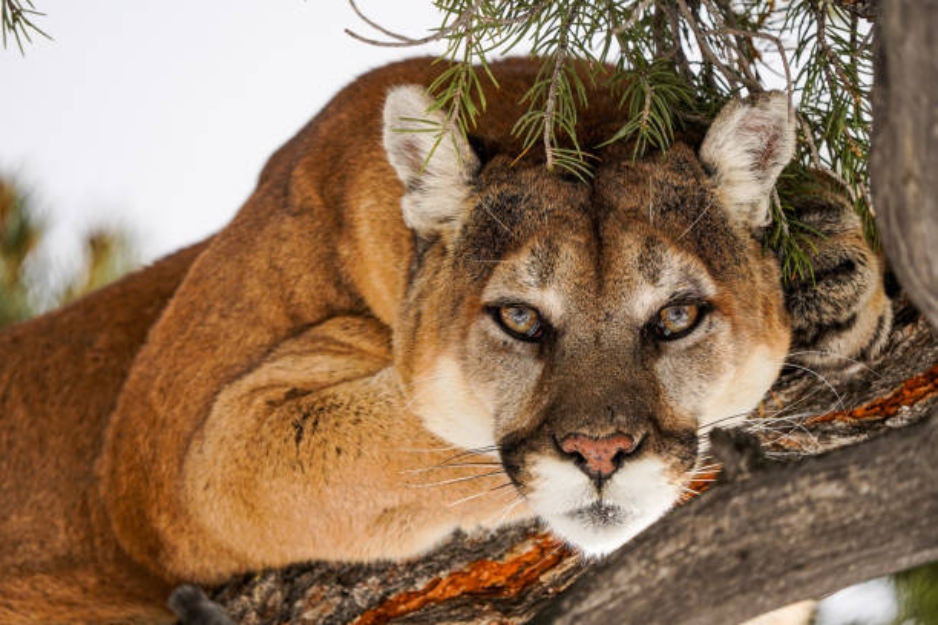
In recent years, encounters with mountain lions have risen significantly in urban and suburban areas. In California alone, reports of sightings near cities like Los Angeles and San Diego have more than doubled over the past decade. This trend is partially attributed to urban expansion into previously untouched wilderness areas. For instance, the famous “P-22,” a mountain lion living in Griffith Park, became a local celebrity after crossing two major freeways to establish his territory in one of the world’s largest urban parks.
Adaptation to Fragmented Habitats

Mountain lions are learning to navigate fragmented habitats caused by roads, housing developments, and agricultural land. A study by the Santa Cruz Puma Project found that cougars are now crossing highways more frequently, often at night when traffic is lighter. These animals are also adjusting their territorial ranges, with some shrinking their territories to fit into smaller green spaces while others expand into marginal areas. Biologists estimate that this adaptation has helped maintain cougar populations in areas where they would otherwise be at risk.
Behavioral Changes: Avoidance and Opportunism

Recent research indicates that mountain lions are adopting new behavioral strategies to minimize conflict with humans. Studies have shown that they are becoming more nocturnal, with activity levels peaking during nighttime hours when human activity is minimal. This shift not only reduces direct encounters but also allows them to hunt without interference. A survey in Colorado found that mountain lions living near residential areas altered their hunting schedules to avoid crossing paths with hikers and dog walkers.
Dietary Adjustments in Urban Environments

Another sign of adaptation is their changing diet. Mountain lions in urban regions are incorporating prey like raccoons, skunks, and even domestic animals into their diets. A study published in Ecology and Evolution reported that cougars near Los Angeles consumed significantly more urban-associated prey compared to their counterparts in rural areas. However, this shift poses risks, as consuming human-sourced food often leads to increased conflicts and potential relocation or euthanasia of the animals.
The Role of Wildlife Corridors

One of the most successful strategies for fostering coexistence has been the creation of wildlife corridors. These passageways, such as the Liberty Canyon Wildlife Crossing in California, allow animals to safely traverse busy roads and reconnect fragmented habitats. The National Park Service estimates that such crossings could reduce mountain lion fatalities from vehicle collisions by up to 70%. These corridors not only facilitate safe movement but also support genetic diversity by connecting isolated populations.
Community Education and Awareness
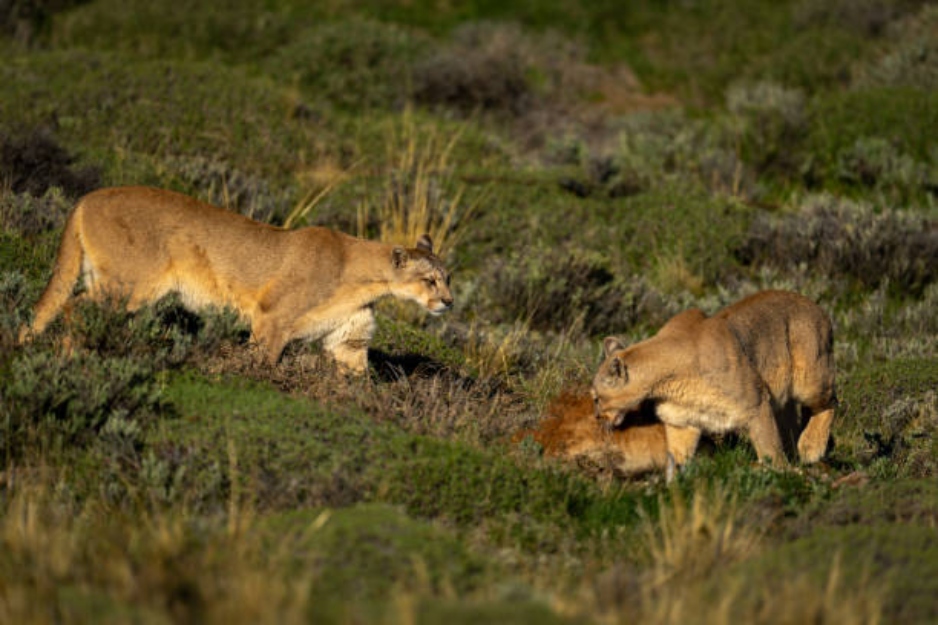
Communities near mountain lion habitats are stepping up efforts to educate residents about coexistence. Organizations like the Mountain Lion Foundation provide workshops on securing garbage, protecting pets, and understanding cougar behavior. Public campaigns emphasize the importance of respecting these predators while reducing fear through education. In Boulder, Colorado, an initiative to teach residents how to use hazing techniques has reduced incidents of mountain lions entering backyards.
The Challenge of Livestock Predation
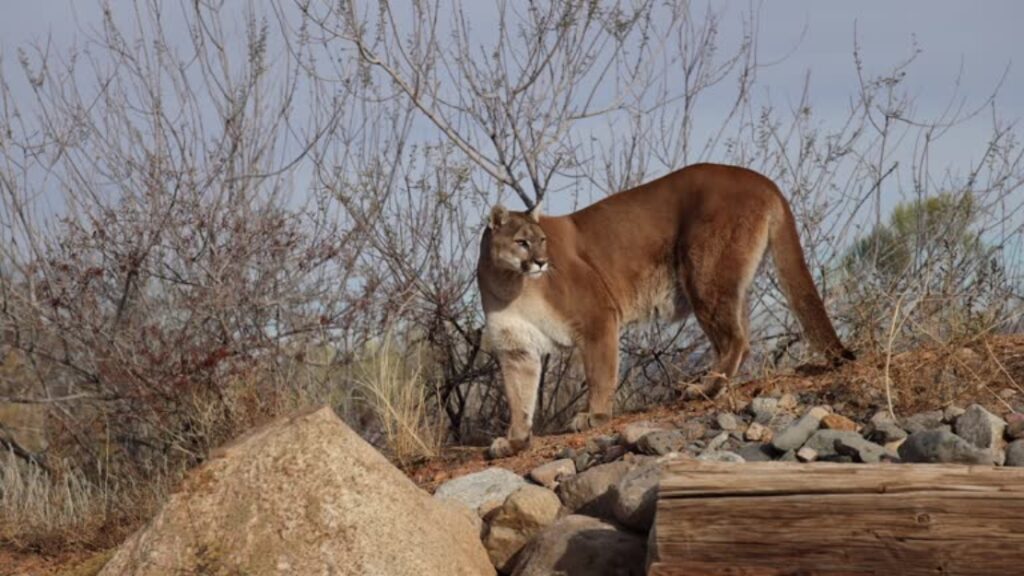
While mountain lions have adapted to urban areas, their interactions with rural communities often spark conflicts over livestock predation. Ranchers in states like Montana and Wyoming frequently report losses to cougars, prompting debates over management strategies. In response, some communities are turning to non-lethal solutions such as predator-proof fencing and the use of guard animals. Studies have shown that these measures can reduce predation incidents by as much as 80%.
Technological Innovations for Monitoring

Advances in technology have played a crucial role in understanding and managing mountain lion behavior. GPS tracking collars have provided researchers with valuable data on movement patterns, habitat use, and interactions with human infrastructure. In Utah, biologists used GPS collars to identify areas where cougars frequently cross highways, leading to the installation of warning signs and speed reduction zones that reduced vehicle collisions by 40%.
Legal Protections and Conservation Efforts

Legal protections for mountain lions vary widely across the United States. California designated the species as “specially protected” in 1990, banning hunting and prioritizing conservation efforts. In contrast, other states allow regulated hunting to manage populations. Conservationists argue that maintaining robust mountain lion populations is essential for ecosystem health, as these apex predators help control prey populations and promote biodiversity.
Learning from Success Stories
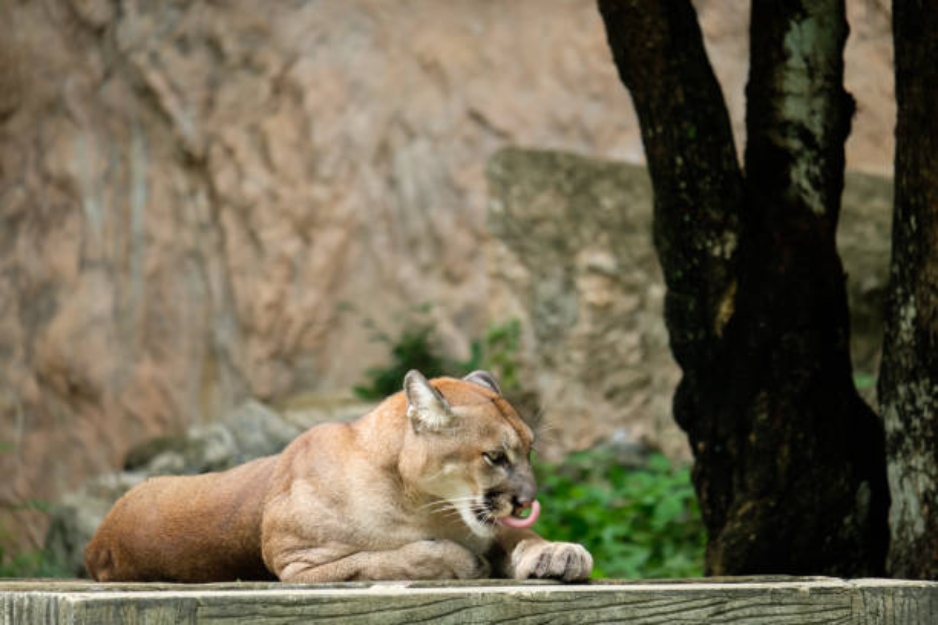
Success stories from regions like Southern California highlight the potential for coexistence. The Santa Monica Mountains, home to a small but resilient cougar population, have become a model for balancing human development with wildlife conservation. Efforts to mitigate habitat fragmentation, coupled with public engagement, have enabled mountain lions to survive despite the challenges of living near a major metropolitan area.
Risks of Increased Interaction

Despite their adaptability, increased interaction with humans presents risks to mountain lions. Conflicts, such as attacks on pets or sightings near schools, often lead to fear-driven responses from the public. Wildlife agencies frequently face tough decisions about relocating or euthanizing cougars that wander too close to human settlements. Experts stress the importance of fostering tolerance and implementing preventive measures to minimize these incidents.
Global Lessons in Predator Coexistence
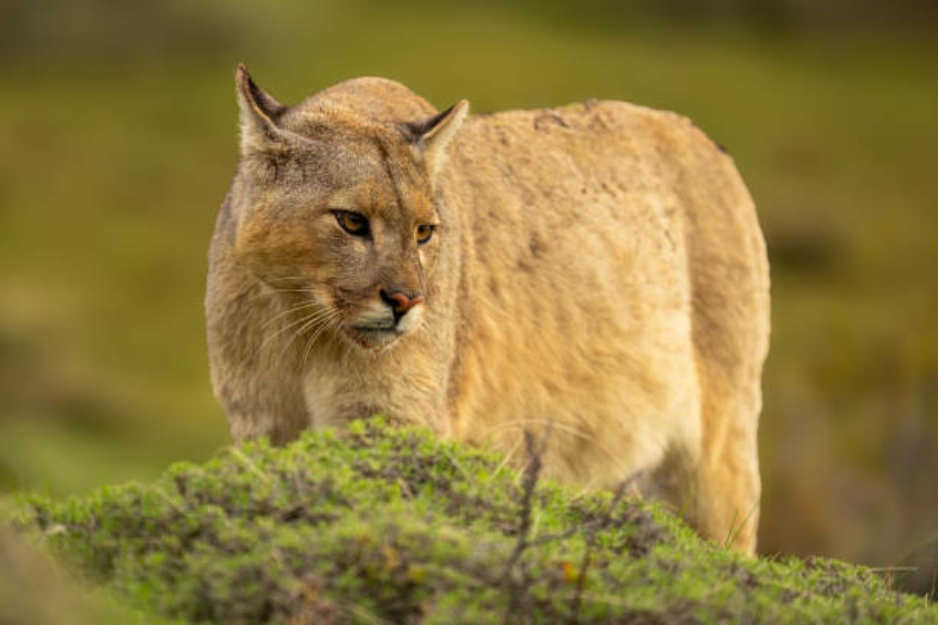
The story of mountain lions mirrors similar challenges faced by other large predators worldwide, such as leopards in India and wolves in Europe. These species also adapt to human-dominated landscapes by altering behavior and finding new niches. Studying how mountain lions navigate their changing environments offers insights into broader conservation strategies for balancing biodiversity with urban development.
The Future of Coexistence

As human populations continue to grow and encroach on wilderness areas, the need for coexistence strategies becomes more urgent. Scientists emphasize that fostering harmony between humans and mountain lions requires a multi-faceted approach, combining habitat conservation, public education, and innovative technologies. The success of these efforts will depend on the willingness of communities to embrace coexistence and share the landscape with these elusive predators.
A Symbol of Resilience
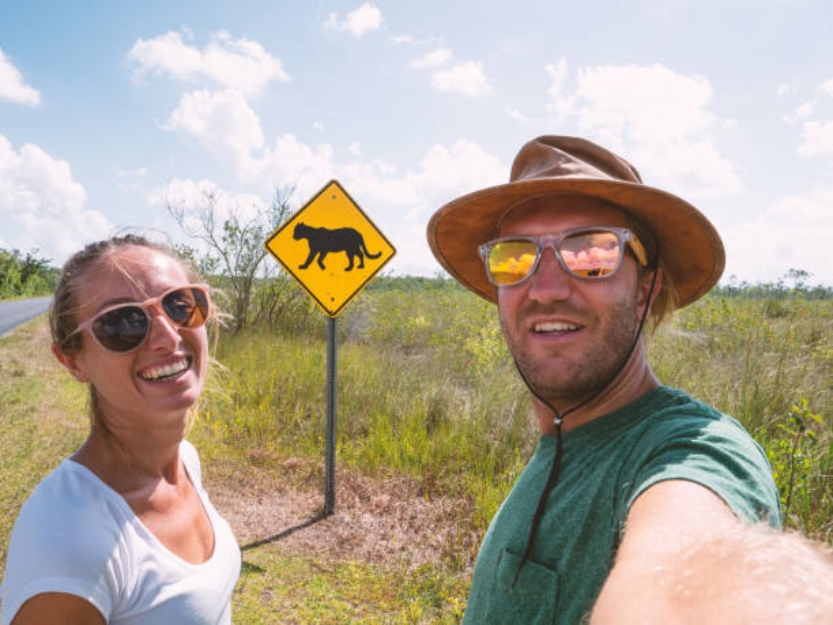
Mountain lions are not just survivors; they are a testament to the resilience of nature. Their ability to adapt and thrive in the face of human expansion underscores the importance of finding common ground with wildlife. By supporting conservation efforts and fostering coexistence, humans can ensure that these iconic predators continue to roam the Americas for generations to come.
Urban mountain lions like “P-22” cross freeways despite risks, highlighting their adaptability. Wildlife corridors can reduce vehicle-related fatalities by up to 70%. Non-lethal predator management has decreased livestock losses by 80% in some areas. California’s legal protections contribute to stable cougar populations, unlike states with active hunting. Mountain lions exemplify how wildlife can adapt to human-altered landscapes, offering hope for harmonious coexistence in a rapidly changing world.
Stay connected with us for more stories like this! Follow us to get the latest updates or hit the Follow button at the top of this article, and let us know what you think by leaving your feedback below. We’d love to hear from you!







